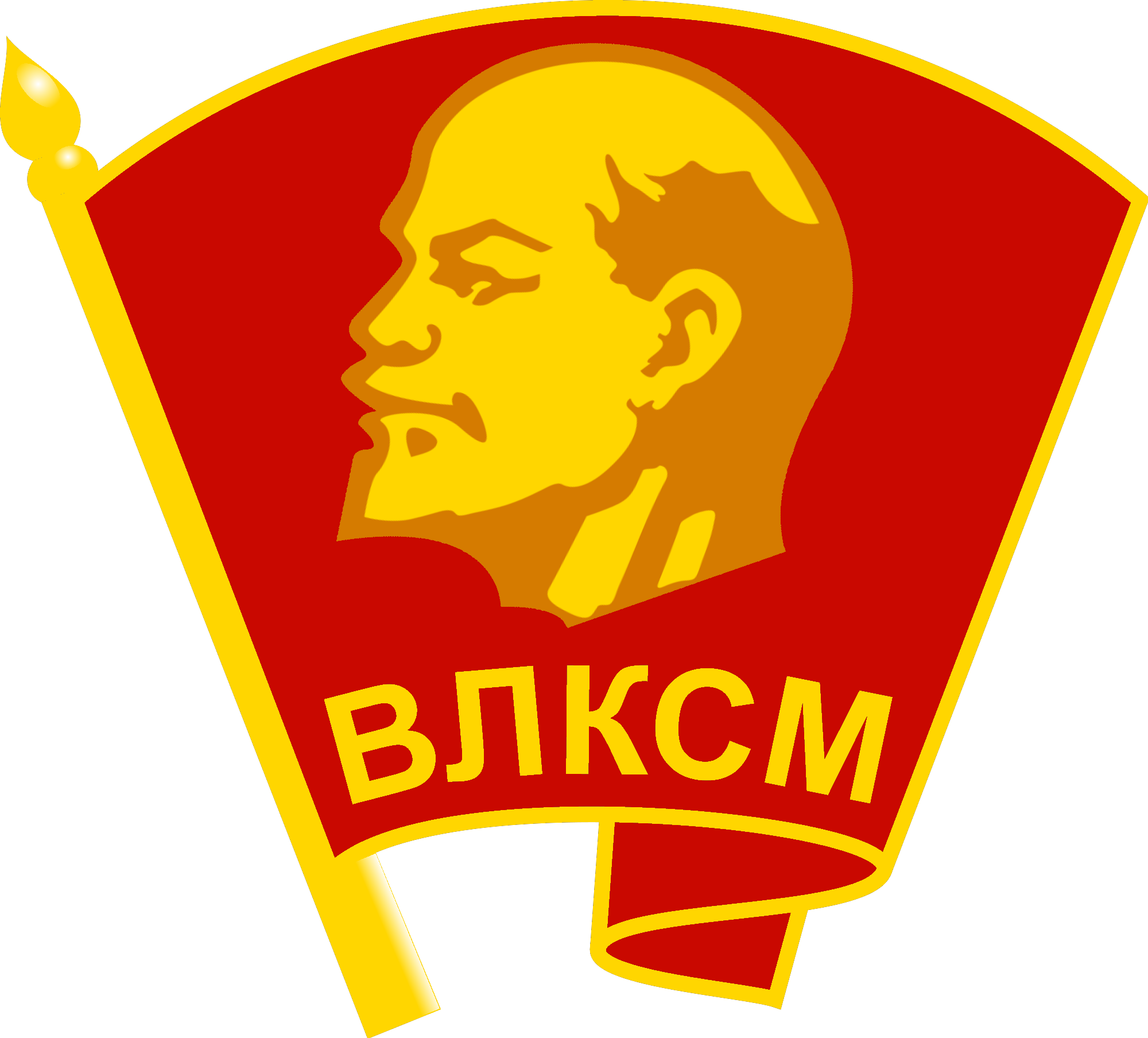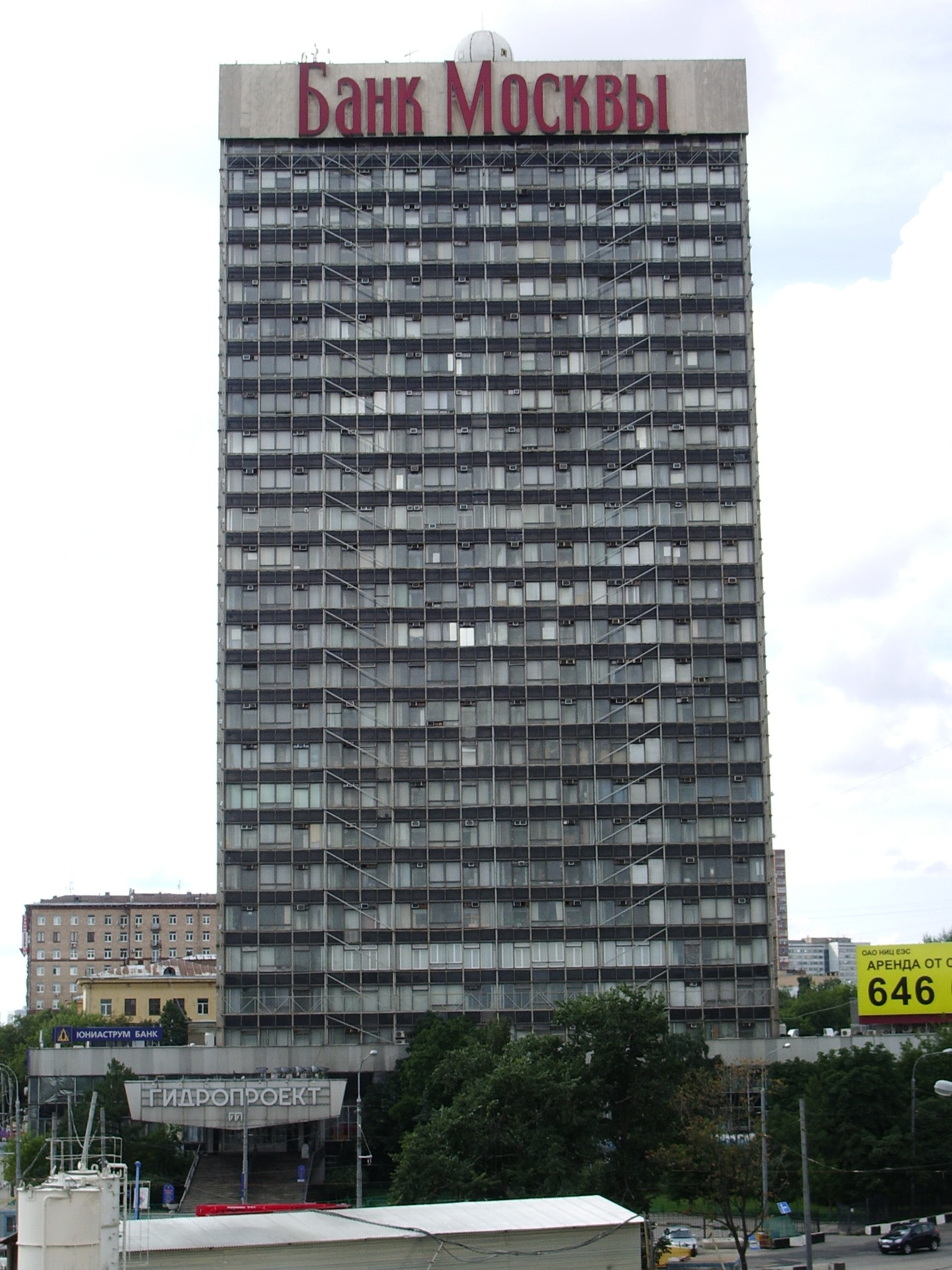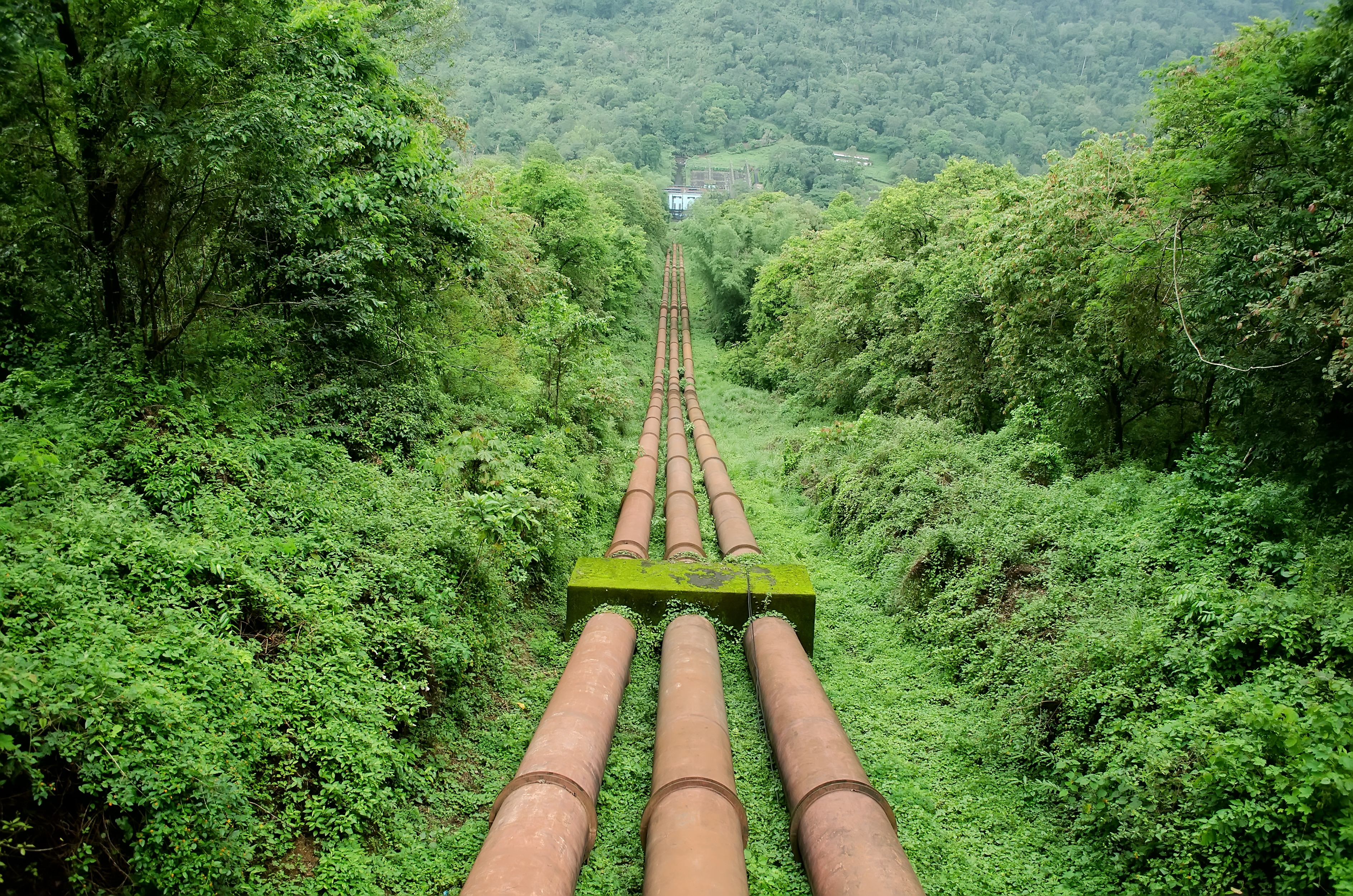|
Bratsk Hydroelectric Plant
The Bratsk Hydroelectric Power Station (also referred to as The ''50 years of Great October'' Dam) is a concrete gravity dam on the Angara River and adjacent hydroelectric power station. It is the second level of the Angara River hydroelectric station cascade in Irkutsk Oblast, Russia. From its commissioning in 1966, the station was the world’s single biggest power producer until Krasnoyarsk Hydroelectric Power Station reached 5,000 MW (at 10 turbines) in 1971. Annually the station produces 22.6 TWh. Currently, the Bratsk Power Station operates 18 hydro-turbines, each with capacity of 250 MW, produced by the Leningrad Metal Works ("LMZ", russian: ЛМЗ, russian: Ленинградский Металлический завод) in the 1960s. Design and specifications Dam Components: * concrete wall 924 m long and 124.5 m high at its maximum (stationary part 515 m long, waterdrop part 242 m long, dumb part 167 m). * by-wall house ... [...More Info...] [...Related Items...] OR: [Wikipedia] [Google] [Baidu] |
Angara River
The Angara ( Buryat and mn, Ангар, ''Angar'', "Cleft"; russian: Ангара́, ''Angará'') is a major river in Siberia, which traces a course through Russia's Irkutsk Oblast and Krasnoyarsk Krai. It drains out of Lake Baikal and is the headwater tributary of the Yenisey. It is long, and has a drainage basin of . It was formerly known as the Lower or Nizhnyaya Angara (distinguishing it from the Upper Angara). Below its junction with the Ilim, it was formerly known as the Upper Tunguska (russian: Верхняя Тунгуска, ''Verkhnyaya Tunguska'', distinguishing it from the Lower Tunguska) and, with the names reversed, as the Lower Tunguska. Course Leaving Lake Baikal near the settlement of Listvyanka, the Angara flows north past the Irkutsk Oblast cities of Irkutsk, Angarsk, Bratsk, and Ust-Ilimsk. It then crosses the Angara Range and turns west, entering Krasnoyarsk Krai, and joining the Yenisey near Strelka, south-east of Lesosibirsk. Dams and reservoirs ... [...More Info...] [...Related Items...] OR: [Wikipedia] [Google] [Baidu] |
Ship Elevator
A boat lift, ship lift, or lift lock is a machine for transporting boats between water at two different elevations, and is an alternative to the canal lock. It may be vertically moving, like the Anderton boat lift in England, rotational, like the Falkirk Wheel in Scotland, or operate on an inclined plane, like the Ronquières inclined plane in Belgium. History A precursor to the canal boat lift, able to move full-sized canal boats, was the tub boat lift used in mining, able to raise and lower the 2.5 ton tub boats then in use. An experimental system was in use on the Churprinz mining canal in Halsbrücke near Dresden. It lifted boats using a moveable hoist rather than caissons. The lift operated between 1789 and 1868,Charles Hadfield ''World Canals: Inland Navigation Past and Present'', p. 71, and for a period of time after its opening engineer James Green reporting that five had been built between 1796 and 1830. He credited the invention to Dr James Anderson of Edinbu ... [...More Info...] [...Related Items...] OR: [Wikipedia] [Google] [Baidu] |
Irkutsk
Irkutsk ( ; rus, Иркутск, p=ɪrˈkutsk; Buryat language, Buryat and mn, Эрхүү, ''Erhüü'', ) is the largest city and administrative center of Irkutsk Oblast, Russia. With a population of 617,473 as of the 2010 Census, Irkutsk is the List of cities and towns in Russia by population, 25th-largest city in Russia by population, the fifth-largest in the Siberian Federal District, and one of the largest types of inhabited localities in Russia, cities in Siberia. Located in the south of the eponymous oblast, the city proper lies on the Angara River, a tributary of the Yenisei River, Yenisei, about 850 kilometres (530 mi) to the south-east of Krasnoyarsk and about 520 kilometres (320 mi) north of Ulaanbaatar. The Trans-Siberian Highway (Federal M53 and M55 Highways) and Trans-Siberian Railway connect Irkutsk to other regions in Russia and Mongolia. Many distinguished Russians were sent into exile in Irkutsk for their part in the Decembrist revolt of 1825, and t ... [...More Info...] [...Related Items...] OR: [Wikipedia] [Google] [Baidu] |
Siberia
Siberia ( ; rus, Сибирь, r=Sibir', p=sʲɪˈbʲirʲ, a=Ru-Сибирь.ogg) is an extensive geographical region, constituting all of North Asia, from the Ural Mountains in the west to the Pacific Ocean in the east. It has been a part of Russia since the latter half of the 16th century, after the Russians conquered lands east of the Ural Mountains. Siberia is vast and sparsely populated, covering an area of over , but home to merely one-fifth of Russia's population. Novosibirsk, Krasnoyarsk and Omsk are the largest cities in the region. Because Siberia is a geographic and historic region and not a political entity, there is no single precise definition of its territorial borders. Traditionally, Siberia extends eastwards from the Ural Mountains to the Pacific Ocean, and includes most of the drainage basin of the Arctic Ocean. The river Yenisey divides Siberia into two parts, Western and Eastern. Siberia stretches southwards from the Arctic Ocean to the hills of north-ce ... [...More Info...] [...Related Items...] OR: [Wikipedia] [Google] [Baidu] |
Komsomol
The All-Union Leninist Young Communist League (russian: link=no, Всесоюзный ленинский коммунистический союз молодёжи (ВЛКСМ), ), usually known as Komsomol (; russian: Комсомол, links=no ()), a syllabic abbreviation of the Russian ), was a political youth organization in the Soviet Union. It is sometimes described as the youth division of the Communist Party of the Soviet Union (CPSU), although it was officially independent and referred to as "the helper and the reserve of the CPSU". The Komsomol in its earliest form was established in urban areas in 1918. During the early years, it was a Russian organization, known as the Russian Young Communist League, or RKSM. During 1922, with the unification of the USSR, it was reformed into an all-union agency, the youth division of the All-Union Communist Party. It was the final stage of three youth organizations with members up to age 28, graduated at 14 from the Young Pioneer ... [...More Info...] [...Related Items...] OR: [Wikipedia] [Google] [Baidu] |
Supreme Soviet Of The RSFSR
The Supreme Soviet of the Russian SFSR (russian: Верховный Совет РСФСР, ''Verkhovny Sovet RSFSR''), later Supreme Soviet of the Russian Federation (russian: Верховный Совет Российской Федерации, ''Verkhovny'' ''Sovet Rossiyskoy Federatsii'') was the supreme government institution of the Russian SFSR in 1938–1990; in 1990–1993 it was a permanent legislature (parliament), elected by the Congress of People's Deputies of the Russian Federation. The Supreme Soviet of the Russian SFSR was established to be similar in structure to the Supreme Soviet of the USSR in 1938, instead of the All-Russian Congress of Soviets as the highest organ of power of Russia. In the 1940s, the Supreme Soviet Presidium and the Council of Ministers of the Russian SFSR were located in the former mansion of counts Osterman (str Delegatskaya, 3), which was later in 1991 given to a museum. The sessions were held in Grand Kremlin Palace. In 1981 the Supreme ... [...More Info...] [...Related Items...] OR: [Wikipedia] [Google] [Baidu] |
Decree
A decree is a legal proclamation, usually issued by a head of state (such as the president of a republic or a monarch), according to certain procedures (usually established in a constitution). It has the force of law. The particular term used for this concept may vary from country to country. The ''executive orders'' made by the President of the United States, for example, are decrees (although a decree is not exactly an order). Decree by jurisdiction Belgium In Belgium, a decree is a law of a community or regional parliament, e.g. the Flemish Parliament. France The word ''décret'', literally "decree", is an old legal usage in France and is used to refer to executive orders issued by the French President or Prime Minister. Any such order must not violate the French Constitution or Civil Code, and a party has the right to request an order be annulled in the French Council of State. Orders must be ratified by Parliament before they can be modified into legislative Acts. Special ... [...More Info...] [...Related Items...] OR: [Wikipedia] [Google] [Baidu] |
Bratsk Aluminium Plant
Bratsk ( rus, Братск, p=bratsk) is a city in Irkutsk Oblast, Russia, located on the Angara River near the vast Bratsk Reservoir. Etymology The name sounds like the Russian word for "brother" ("", ''brat''), and derives from the phrase 'bratskiye lyudi', literally ''brotherly people''. History The first Europeans in the area arrived in 1623, intending to collect taxes from the local Buryat population. Permanent settlement began with the construction of an '' ostrog'' (fortress) in 1631 at the junction of the Oka and Angara rivers. Several wooden towers from the 17th-century fort are now exhibited in Kolomenskoye Estate of Moscow. During World War II, there was an increase in industrial activity in Siberia, as Soviet industry was moved to the lands east of the Ural Mountains. After the war's end, development slowed as resources were required in the rebuilding of European Russia. In 1947, the Gulag Angara prison labor camp was constructed near Bratsk, with capacity for u ... [...More Info...] [...Related Items...] OR: [Wikipedia] [Google] [Baidu] |
Federal Government
A federation (also known as a federal state) is a political entity characterized by a union of partially self-governing provinces, states, or other regions under a central federal government (federalism). In a federation, the self-governing status of the component states, as well as the division of power between them and the central government, is typically constitutionally entrenched and may not be altered by a unilateral decision, neither by the component states nor the federal political body. Alternatively, a federation is a form of government in which sovereign power is formally divided between a central authority and a number of constituent regions so that each region retains some degree of control over its internal affairs. It is often argued that federal states where the central government has overriding powers are not truly federal states. For example, such overriding powers may include: the constitutional authority to suspend a constituent state's government by in ... [...More Info...] [...Related Items...] OR: [Wikipedia] [Google] [Baidu] |
Hydroproject
Hydroproject (russian: Институт «Гидропроект», Gidroproekt) is a Russian hydrotechnical design firm. Based in Moscow, it has a number of branches around the country. Its main activities are design of dams, hydroelectric stations, canals, sluices, etc. Hydroproject and its predecessor institutions have designed most of the hydroelectric dams and irrigation and navigation canals that have been built in the Soviet Union and Russia since the 1930s. They have designed a number of high-profile projects abroad as well, from India to Egypt to Canada. The institute, under Sergey Yakolevich Zhuk's leadership, also researched the Northern river reversal's potential. Furthermore, it has been involved in realising nuclear power plants in the Soviet Union between 1969 and 1986. History Hydroproject traces its history to the design departments of the Moscow Canal Construction Project (the 1930s), and the Hydroelectrostroy Trust (Трест “Гидроэлектрос ... [...More Info...] [...Related Items...] OR: [Wikipedia] [Google] [Baidu] |
Electric Power Transmission
Electric power transmission is the bulk movement of electrical energy from a generating site, such as a power plant, to an electrical substation. The interconnected lines that facilitate this movement form a ''transmission network''. This is distinct from the local wiring between high-voltage substations and customers, which is typically referred to as electric power distribution. The combined transmission and distribution network is part of electricity delivery, known as the electrical grid. Efficient long-distance transmission of electric power requires high voltages. This reduces the losses produced by strong currents. Transmission lines use either alternating current (HVAC) or direct current (HVDC). The voltage level is changed with transformers. The voltage is stepped up for transmission, then reduced for local distribution. A wide area synchronous grid, known as an "interconnection" in North America, directly connects generators delivering AC power with the same rela ... [...More Info...] [...Related Items...] OR: [Wikipedia] [Google] [Baidu] |
Penstock
A penstock is a sluice or gate or intake structure that controls water flow, or an enclosed pipe that delivers water to hydro turbines and sewerage systems. The term is inherited from the earlier technology of mill ponds and watermills. Hydroelectric systems and dams Penstocks for hydroelectric installations are normally equipped with a gate system and a surge tank. They can be a combination of many components such as anchor block, drain valve, air bleed valve, and support piers depending on the application. Flow is regulated by turbine operation and is nil when turbines are not in service. Penstocks, particularly where used in polluted water systems, need to be maintained by hot water washing, manual cleaning, antifouling coatings, and desiccation. The term is also used in irrigation dams to refer to the channels leading to and from high-pressure sluice gates. Penstocks are also used in mine tailings dam construction. The penstock is usually situated fairly close to the ... [...More Info...] [...Related Items...] OR: [Wikipedia] [Google] [Baidu] |




.jpg)



